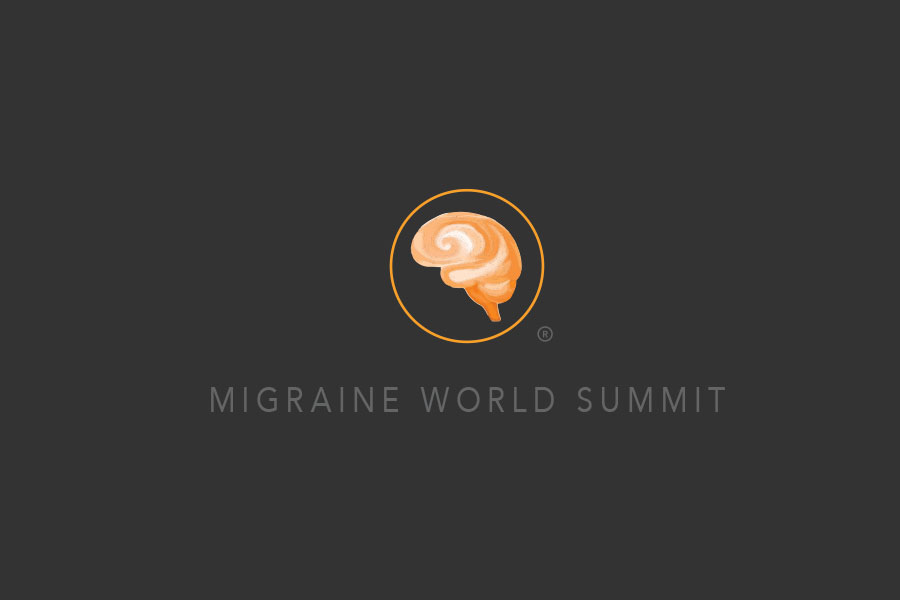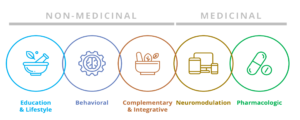Carl Cincinnato
Among the wave of new treatment classes, devices and medicines currently in development are ditans and gepants. Learn more about how these breakthrough treatments are different, how well they work, and when they will arrive with our next featured expert.
Professor Uwe Reuter is a professor of neurology at Charité University Hospital of Berlin, specializing in the role of CGRP in primary headaches. Dr. Reuter is a graduate of Johannes Gutenberg-Universität Mainz. He completed three years of postdoctoral studies at Harvard Medical School. At Harvard, Dr. Reuter focused on basic research in primary headaches and migraine aura. He continues his clinical practice and research in basic and clinical headaches. Dr. Reuter is a member of several national and international headache organizations, and currently serves as a board member of the European Headache Federation.
What are ditans and how are they different from triptans?
Dr. Reuter: “They’re very different drugs. You can say that a ditan is the sister to a triptan, and the major differences are that ditans penetrate into the central nervous system, meaning they go across the blood-brain barrier right into your brain and they get into the brain. Also, they don’t have vasoconstricting activity, meaning they don’t constrict your vessels around your heart, which is a theoretical possibility with the triptans. There’s still that possibility, and we are looking for drugs that avoid vascular action, so that’s why a ditan might be an advantage to the patient. And the results you see with ditans are typically in the range of what we see with triptans. So these drugs are not much better but also not much worse. They’re simply a different opportunity for patients who can’t tolerate triptans, who don’t respond to triptans, or who don’t like the feeling of taking a triptan.”
What are gepants and how do they differ from triptans and ditans?
Dr. Reuter: “Gepants is a class of drug that targets the CGRP receptor. This is a CGRP (calcitonin gene-related peptide) receptor antagonist. So it blocks the CGRP receptor. Most likely you can use gepants for acute treatment and also for prevention. They work in the CGRP system and, of course, the adverse event profile is also very different again because they target different structures. And the adverse event profile of the gepants is very, very, very mild. We don’t see central nervous system side effects. We don’t see chest tightness. We don’t see cardiovascular side effects. From a side effect profile, these gepants are very, very mild drugs. Gepants are also well in range for acute migraine treatment as the triptans are. Basically, you don’t see much of a difference in terms of efficacy. Certainly not an improvement in terms of efficacy rates.”
How will the ditans and gepants be released around the world?
Dr. Reuter: “I think it certainly varies. It’s probably earlier in the U.S. than in Europe, because in Europe we live in socialized health insurance systems. In order to be reinsured for a new drug, you have to show superiority to the existing therapies, and actually that is very difficult to do for every class of pain medications. That’s also a challenge for a ditan or a gepant to do. In the U.S., you don’t have the requirements, you just need to show efficacy over placebo, which I think is the right approach. Then you have the drug available and you can prescribe it as a doctor. But in Europe you have a different system.
Watch the full interview to find out:
What is a ditan?
Is a ditan used for prevention or acute migraine treatment?
How will ditans be administered?
How do ditans differ from triptans?
What is a gepant?
Is a gepant used for prevention or acute migraine treatment?
How are these treatments different from existing medications?
Will they require a prescription?
How expensive are they likely to be?
Who is ideally suited to try these new drugs?
What side effects do ditans and gepants cause?
When will these new medications be available?
Watch Dr. Uwe Reuter’s interview preview here or order it as part of the Migraine World Summit package from this page.
If you previously purchased the 2019 Migraine World Summit, you are all set to login to watch the full interview.
Posted in: Migraine Education





